12 Abandoned Places Abroad That Look Frozen in Time
From ghost towns left behind by disaster to once-thriving cities overtaken by nature, abandoned places around the world offer a unique glimpse into moments when human activity came to an unexpected halt. These haunting locations are frozen in time, preserving relics of the past and offering an eerie look at history. Exploring these forgotten places allows us to connect with the past and reflect on the forces that shaped their abandonment.
This post may contain affiliate links, which helps keep this content free. Please read our disclosure for more info.
Pripyat, Ukraine
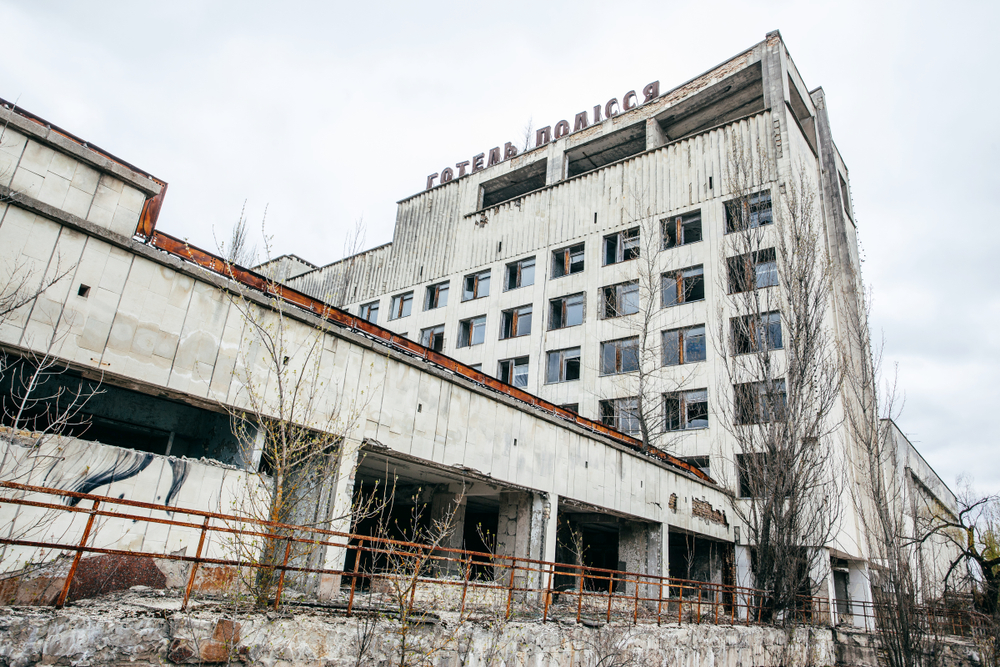
Pripyat, located near Chernobyl, is one of the most famous abandoned places in the world. Once a thriving Soviet city, it was evacuated in 1986 after the catastrophic nuclear disaster at the nearby power plant. The city now stands eerily frozen in time, with rusted playgrounds, overgrown streets, and decaying buildings. The haunting presence of everyday life abruptly halted due to the radiation contamination, making it a chilling place to explore. Visitors are often struck by the desolate atmosphere, with objects like books, furniture, and even medical equipment still lying as if the city’s residents fled only moments before the disaster.
The most iconic symbol of the ghost town is the Ferris wheel in the Pripyat amusement park, which was never used due to the evacuation. The surrounding area remains unsafe, with radiation still detectable in parts of the city, preserving the sense of abandonment and frozen time. Pripyat is a stark reminder of the fragility of human settlements in the face of natural or man-made disasters, offering a haunting window into history.
Kolmanskop, Namibia

Kolmanskop is a forgotten gem in the Namibian desert, once a thriving diamond mining town during the early 20th century. Founded in 1908, the town flourished for a while as the diamond-rich desert attracted miners. However, as diamond resources dwindled, Kolmanskop was abandoned in the 1950s, leaving behind a ghostly reminder of its former glory. The desert gradually swallowed the town, and now, visitors can walk through beautifully preserved buildings filled with relics of the past. From ornate chandeliers to old mining equipment, the decay of the once-bustling town creates a surreal scene.
The most striking feature of Kolmanskop is the sand slowly creeping into the rooms, covering floors and furniture, adding to the sense of time frozen in place. Despite the harsh desert climate, the interiors of the buildings remain intact, providing an eerie sense of nostalgia for a life that once thrived there. The town, often referred to as “the diamond ghost town,” invites explorers to imagine what life was like for the workers who lived there, now trapped in time by the unforgiving environment.
Oradour-sur-Glane, France

Oradour-sur-Glane is one of the most tragic reminders of World War II’s devastation. In 1944, the German Waffen-SS massacred 642 residents of this peaceful French village, leaving the town abandoned and frozen in time. Today, Oradour-sur-Glane remains as a haunting war memorial, with the buildings left in the condition they were after the massacre. Visitors can walk through the village’s ruined streets, where charred remains of cars and buildings still stand as a reminder of the atrocities that took place.
The village has been preserved exactly as it was, with the furniture and everyday items of the villagers still scattered in the buildings. Oradour-sur-Glane offers a chilling look at the brutal impact of war and serves as a powerful memorial to the victims. The silence and desolation that fill the village create an emotional and somber atmosphere, making it one of the most poignant places in Europe.
Hashima Island, Japan
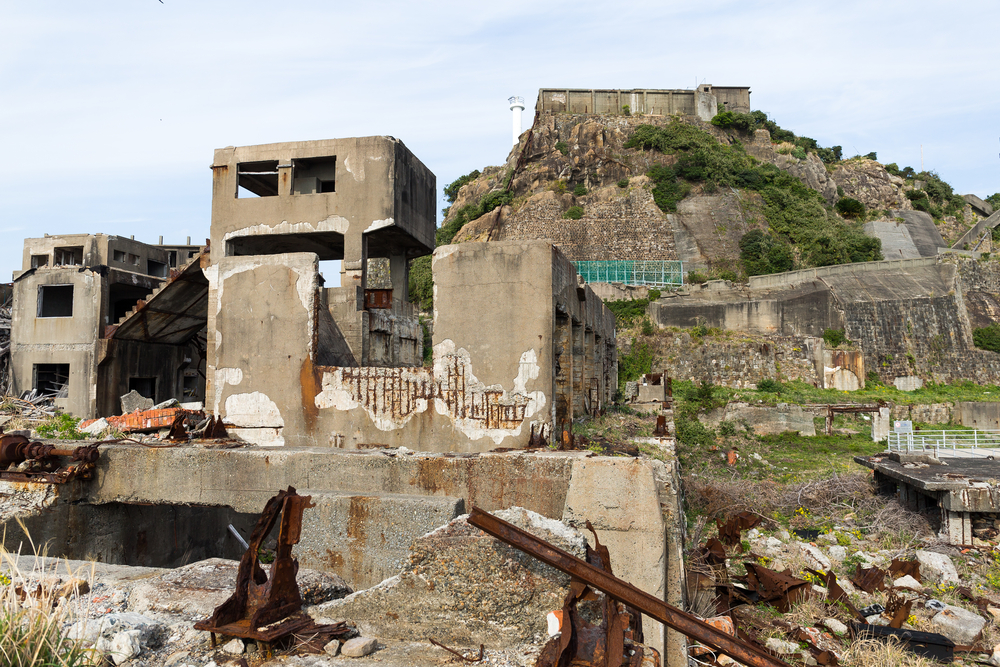
Hashima Island, also known as Gunkanjima or “Battleship Island,” is an abandoned coal mining facility located off the coast of Nagasaki. Once home to over 5,000 people in the 1950s, the island was a thriving community until the coal mines were closed in 1974, leading to its rapid abandonment. The island is now a ghost town, with its tall concrete buildings, rusting structures, and broken windows standing as a stark reminder of its industrial past.
Walking around the island today, visitors can see remnants of the once-bustling mining operation, including the crumbling remains of dormitories, shops, and schoolhouses. The island’s desolate look, combined with its eerie atmosphere, makes it feel as though time stopped when the last person left. Hashima is one of the most visually striking abandoned places in the world, often appearing in films and photographs due to its haunting and dramatic scenery.
Centralia, United States
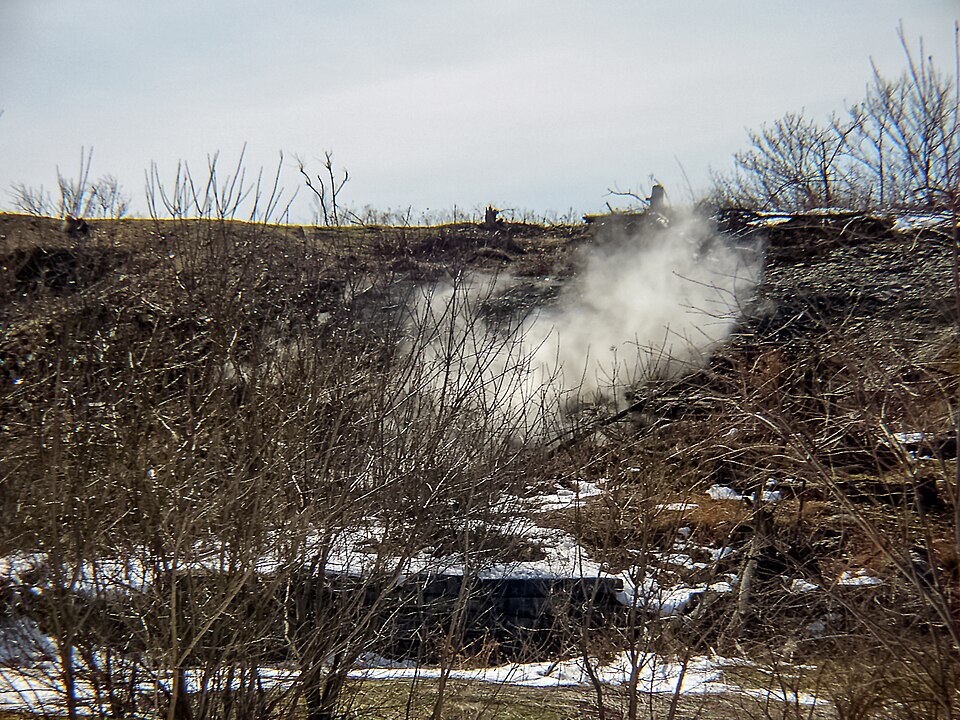
Centralia, Pennsylvania, is one of the most infamous abandoned towns in the United States, known for its underground coal mine fire that has been burning since 1962. The fire started accidentally, but it has continued to burn for decades, making the town uninhabitable due to the dangerous levels of toxic gas and the instability of the ground. Centralia was gradually abandoned as residents fled the toxic fumes, leaving behind homes, roads, and businesses that have since deteriorated.
What remains today is a ghost town, with cracked streets and overgrown vegetation reclaiming the area. Centralia’s abandoned streets are still visible, with steam sometimes rising from the ground due to the smoldering underground fire. The town’s eerie, abandoned state, combined with the ongoing fire beneath, creates a unique and unnerving atmosphere, offering a chilling reminder of nature’s power and the consequences of industrial accidents.
Beelitz-Heilstätten, Germany
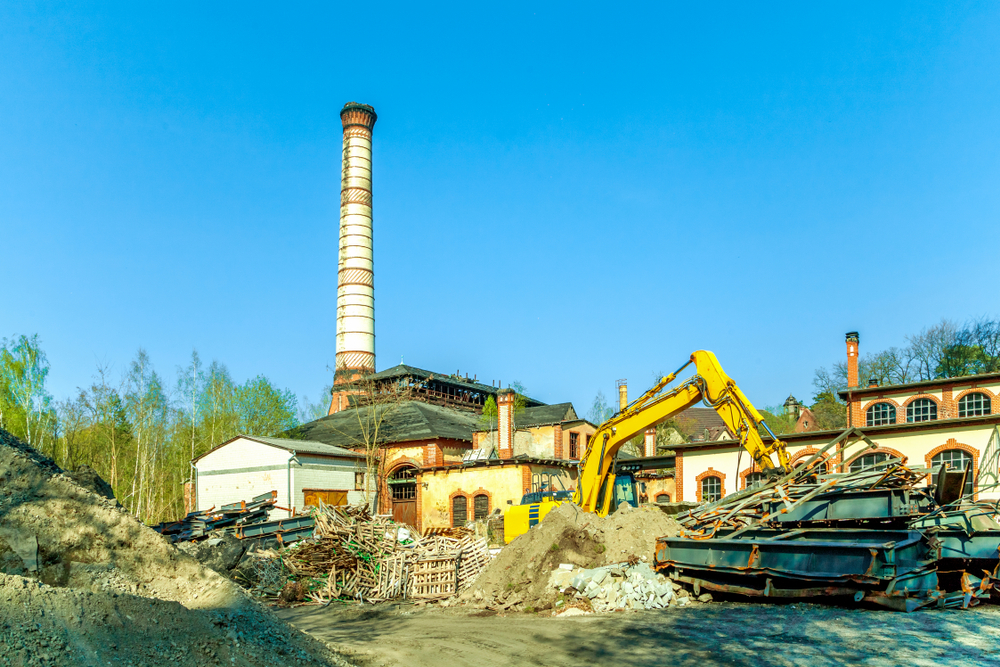
Beelitz-Heilstätten is a former sanatorium complex near Berlin, which was abandoned after its use as a tuberculosis treatment facility. The sprawling site has a haunting history, having been used by the Nazis as a military hospital during World War I and later by the Soviet army. The buildings are now crumbling, with peeling paint, broken windows, and overgrown vegetation. The site’s eerie and unsettling atmosphere makes it a popular destination for urban explorers and photographers.
The complex, once an advanced medical facility, has been left to decay for decades. Walking through the empty halls, visitors can find remnants of hospital beds, old medical equipment, and personal items left behind, offering a glimpse into the lives of the patients and soldiers who once lived there. Beelitz-Heilstätten is a stark reminder of the passage of time and the forgotten histories that lie in abandoned places.
Tbilisi’s Soviet Suburb, Georgia
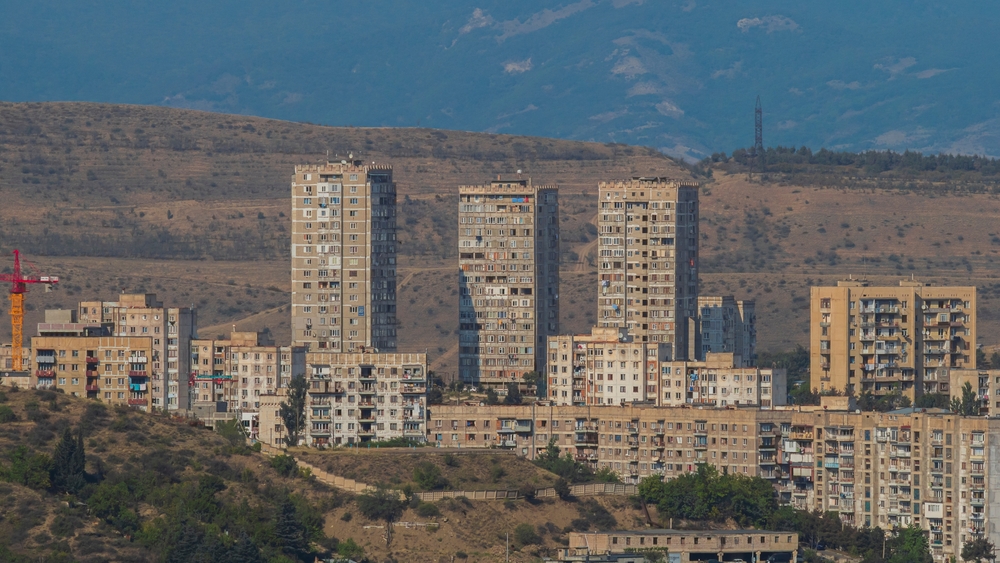
Tucked away in the hills above Tbilisi, Georgia, lies a forgotten Soviet-era suburb that has remained frozen in time since the fall of the Soviet Union. The neighborhood, once full of life and industry, is now a collection of empty, decaying buildings and abandoned factories. The streets are lined with deteriorating Soviet-style apartment complexes, many of which have been overtaken by nature.
Despite the crumbling facades, the area still carries the remnants of its former glory, with faded propaganda posters and old street signs visible in some places. The quiet streets and deserted buildings create an unsettling but fascinating atmosphere, offering a glimpse into the past. This ghostly suburb stands as a reminder of the former Soviet influence in Georgia and the passage of time that has left this once-thriving area forgotten.
Villa Epecuén, Argentina
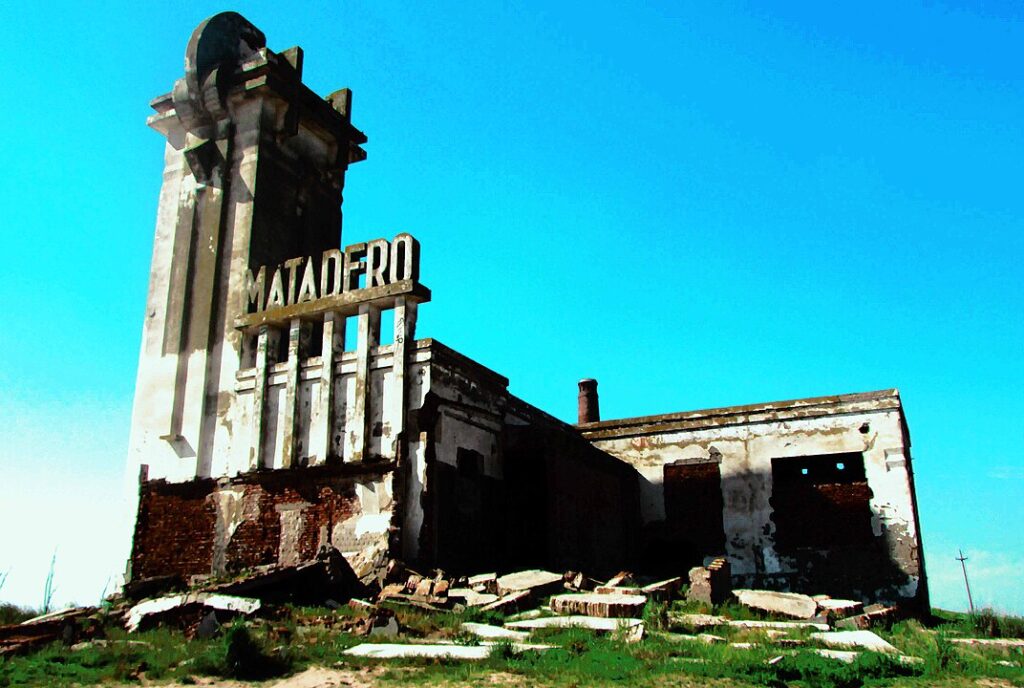
Villa Epecuén, once a popular tourist resort in Argentina, is now an eerie ghost town. The resort, located near a saltwater lake, was submerged under water in 1985 due to the bursting of a nearby dam. The waters remained high for over two decades, and when they finally receded, what remained was a decaying, waterlogged town. Buildings, streets, and even cars were left behind, their surfaces covered in salt deposits from the lake’s water.
Today, Villa Epecuén is a haunting and surreal destination for those interested in exploring abandoned places. The salt-encrusted structures create an otherworldly scene, with the outlines of houses, hotels, and shops still visible but completely submerged in salt. This frozen-in-time town offers a rare glimpse into the natural disaster that reshaped a once-thriving resort community.
Craco, Italy
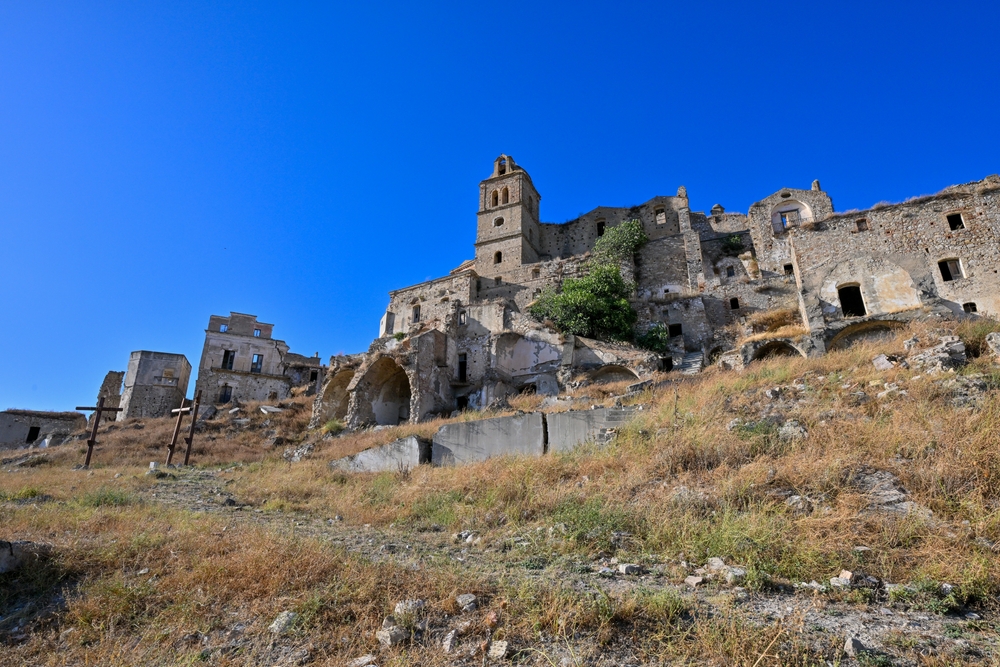
Craco is a medieval town perched on a hill in southern Italy, abandoned due to a series of natural disasters, including earthquakes and landslides. The city, once a thriving community, became uninhabitable by the 1960s, as the landscape around it became unstable. Today, Craco stands as a beautifully preserved ghost town, with narrow stone streets, old churches, and crumbling buildings offering a glimpse into its past.
The town’s dramatic setting, high on a cliff with panoramic views of the surrounding valley, makes it an unforgettable sight. The buildings, many still in their original form, create a sense of timelessness, as though the town has been frozen in the Middle Ages. Craco is often used as a filming location due to its haunting beauty and its preservation as an abandoned town.
Buzludzha Monument, Bulgaria

The Buzludzha Monument in Bulgaria is a striking example of Soviet architecture, built in the 1980s to commemorate the founding of the Bulgarian Communist Party. The massive, saucer-shaped building was abandoned after the fall of communism, leaving behind a decaying symbol of a bygone era. The interior of the monument is decorated with murals and mosaics depicting the ideals of communism, though much of it is now damaged or covered in graffiti.
The building’s futuristic design and isolated location in the mountains make it a unique and eerie sight. The Buzludzha Monument stands as a reminder of Bulgaria’s communist past, with the decaying structure serving as a powerful symbol of the changing political landscape. Visitors to the site are often struck by the contrast between the once-grand vision of the building and its current, neglected state.
The Ancient City of Petra, Jordan
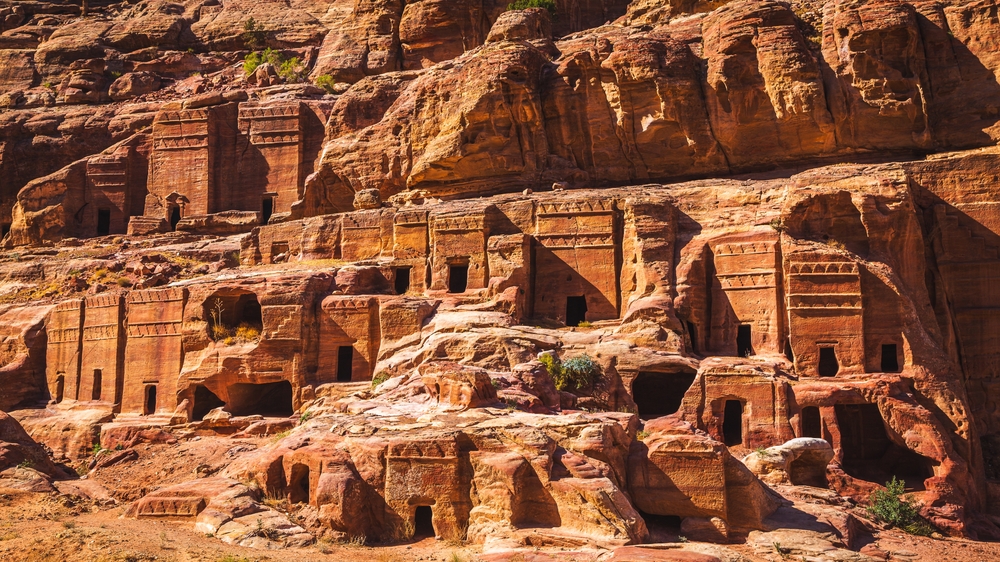
Petra, once a thriving trade center, is now a deserted city carved into the red sandstone cliffs of southern Jordan. The city, established as early as the 4th century BC, was abandoned in the 7th century due to shifting trade routes and natural disasters. Today, Petra is a UNESCO World Heritage site, with its stunning architecture, including the famous Treasury building, remaining remarkably well-preserved. The city is largely untouched by modern development, leaving it frozen in time.
The dramatic landscape of Petra, with its narrow canyons and towering rock formations, adds to the city’s haunting and timeless feel. Visitors are often awed by the intricate carvings in the stone, which stand as a testament to the ingenuity of the Nabataean civilization. Petra’s blend of natural beauty and ancient architecture creates a magical atmosphere, as if the city has been waiting silently for centuries.
Pompeii, Italy

Pompeii, the ancient Roman city that was destroyed and buried by the eruption of Mount Vesuvius in 79 AD, offers an unparalleled view into daily life during the Roman Empire. The eruption preserved the city in ash, and today, visitors can walk through the ruins, seeing homes, shops, and public buildings that remain intact. Casts of victims, preserved in ash, stand as eerie reminders of the sudden disaster that struck the city.
The preservation of Pompeii allows modern visitors to experience the city as it was nearly 2,000 years ago. From the bustling streets to the intricate mosaics in the homes, every corner of Pompeii reveals a snapshot of life frozen in time. The city’s sudden abandonment and the preservation of its final moments make it one of the most powerful and haunting archaeological sites in the world.
This article originally appeared on Avocadu.
